The October security update from Google just hit Pixel devices, and while it's bringing welcome relief to ongoing display headaches, there's a notable absence this time. The Pixel 6 series is sitting this one out, though Google continues to battle screen irregularities across multiple device generations.
Here's the gist. This month's patch covers everything from the Pixel 7 series up through the newest Pixel 10 lineup, including tablets and foldable models. The update delivers focused bug fixes alongside essential security improvements. It is steady maintenance, not a splashy feature drop, and that is the point.
Why display problems keep haunting Pixel devices
The October patch zeroes in on screens, a sore spot for many Pixel owners. If you're on a Pixel 7 and have seen display flickering or sudden shutdowns, this build should help. Google addresses these specific problems affecting the entire Pixel 7 lineup, targeting those "flickering" moments that pop up under certain conditions. Annoying? Absolutely.
Pixel 10 owners have not been spared either. Frozen frames, fuzzy static, that brief "snowy" overlay. These issues, where screens would randomly get a "fuzzy" or "snowy" effect, typically lasted a few minutes or cleared after a restart. They showed up when jumping between apps, during video playback, or in camera previews.
The pattern is telling. Google also patched display issues for the Pixel 10 series back in September, which points to timing quirks between the display controller and GPU drivers rather than one-off software bugs. The way these glitches appear during video, app transitions, and camera work hints at deeper challenges in how Tensor manages refresh rates and power states during heavy graphics tasks.
What's actually getting fixed in October
Beyond display tune-ups, this update smooths out a handful of daily-use snags. All supported devices get camera fixes, including a cure for that semi-transparent background that pops in after launching the camera app, according to Android Authority. If you have ever tried to grab a quick shot and saw the UI ghosting behind the viewfinder, you know how jarring that is.
Media Output Switcher stability also improves. Previously, starting or stopping a cast could take the system down with it. The casting stack has to juggle network handshakes, audio routing, and system services at once, so one hiccup was enough to topple the whole thing. Fewer crashes here means smoother handoffs to your TV or speakers.
Device-specific tweaks include flashlight status visibility fixes for Pixel 9 and 10 in the At a Glance widget. This resolves an issue where the flashlight status didn't appear properly. Small detail, real polish. The Pixel Tablet gets stability attention, and Google continues addressing graphics-related problems that have affected screen performance. In short, Google keeps sanding down rough edges where Tensor meets Android's graphics pipeline.
Getting the update on your device
The October security patch arrives under specific build numbers. Pixel 10 series users should see BD3A.251005.003.W3, the Pixel Tablet lands on BP3A.251005.004, as confirmed by Android Central. Pixel 7 through Pixel 9 devices get BP3A.251005.004.B1, according to Android Police.
The security patch level remains September 2025 rather than adding October-specific fixes, as noted by Android Authority. That lets Google focus on stability while keeping current protections in place.
Rollout timing follows the usual Google cadence, so do not panic if it does not show up right away. Check Settings, then wait a few days if needed. As always, hop on Wi-Fi and charge up before you install.
What this means for Pixel's future reliability
This October update is more than a routine patch. It signals how Google is tackling the messy middle where hardware and software meet. The fact that similar display hiccups needed attention in both September and October suggests these are synchronization issues baked into how high-refresh OLED panels and custom silicon talk to each other, not simple bugs you squash once and forget.
Zooming out, the methodical cadence shows lessons learned across Pixel generations. Rather than slap on surface fixes, Google appears to be digging into display controller behavior and driver architecture. If that work sticks, future Pixels should feel steadier where it counts, screen-on time and motion fluidity included.
The smaller scope this month tracks with Google's rhythm after September's big Feature Drop that introduced Material 3 Expressive, as mentioned by Android Police. Big features, then quiet refinements. It is not flashy, but it is how reliable platforms get built.
Users can expect more substantial changes when Android 16 QPR2 is expected in December 2025. For now, chipping away at those foundational hardware and graphics interactions is exactly what the lineup needs. I would rather see a month of boring fixes that stick than one headline feature that stutters.




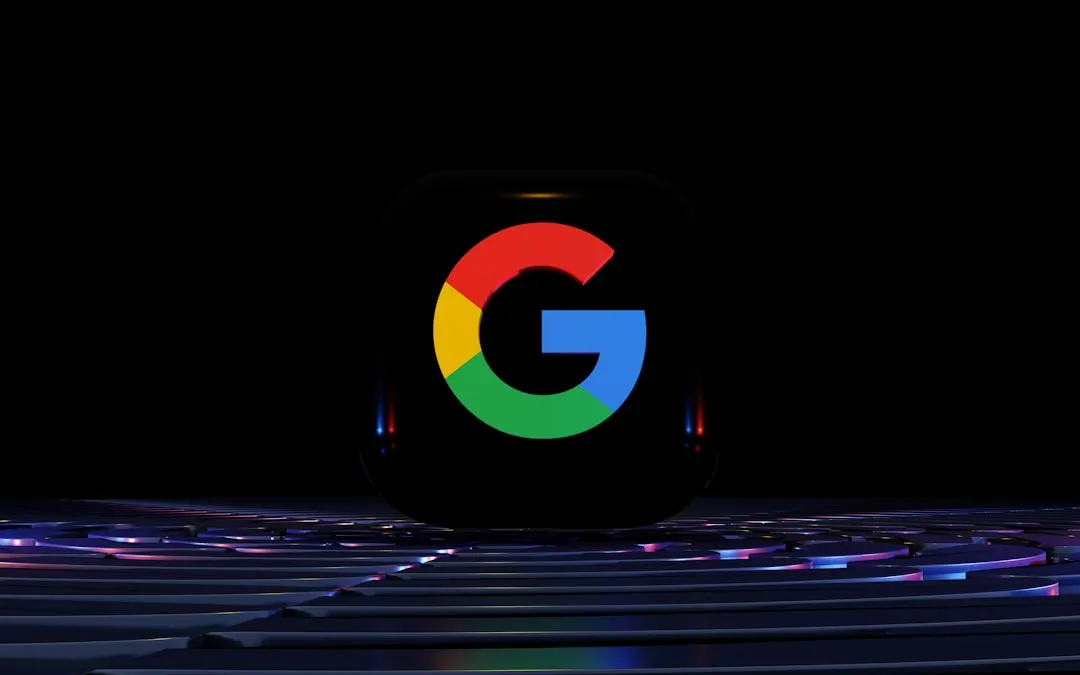

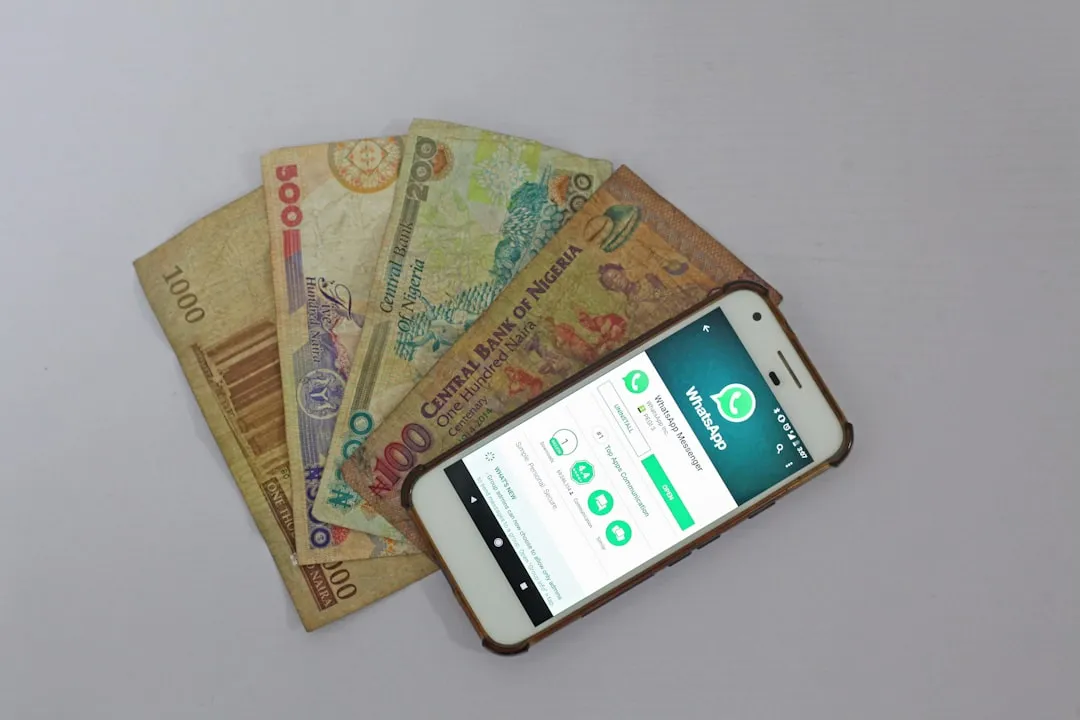
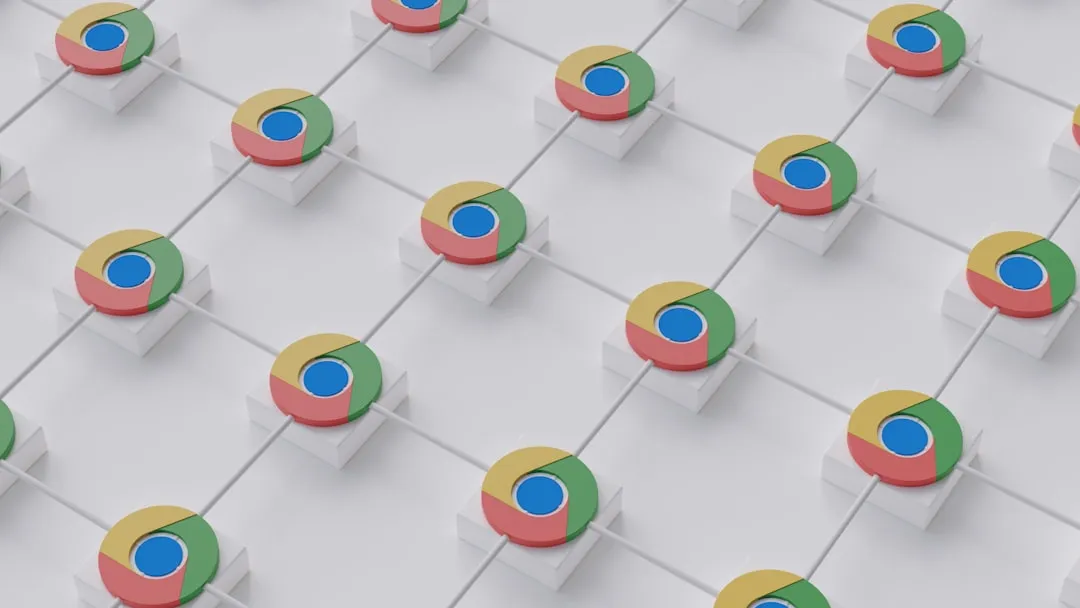
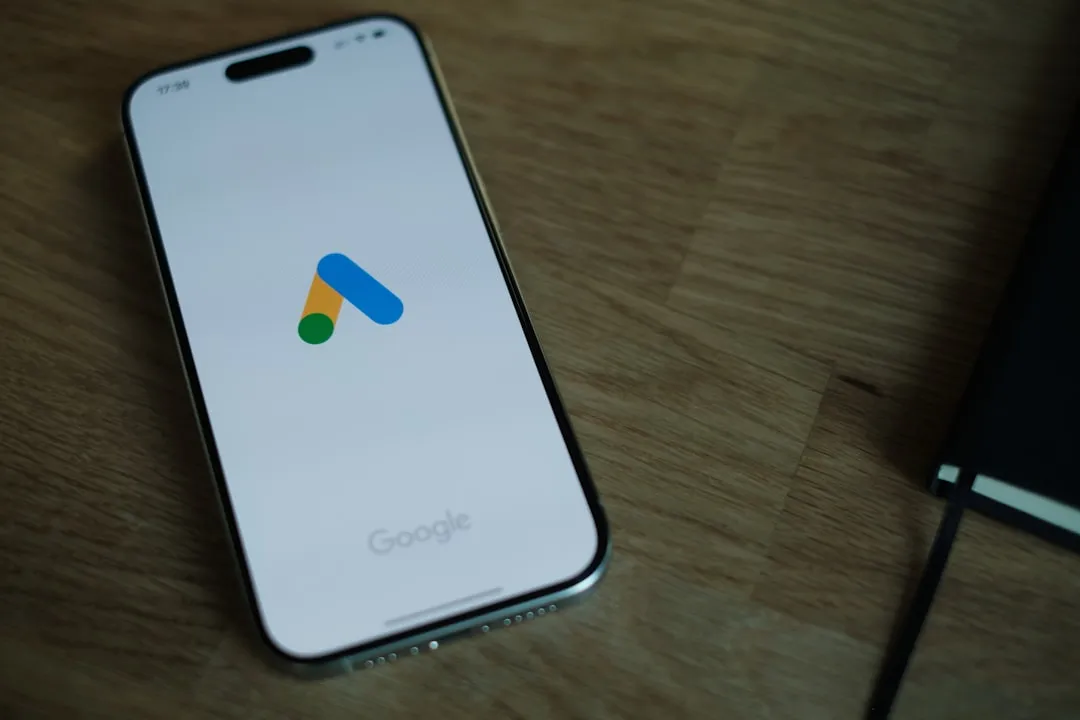

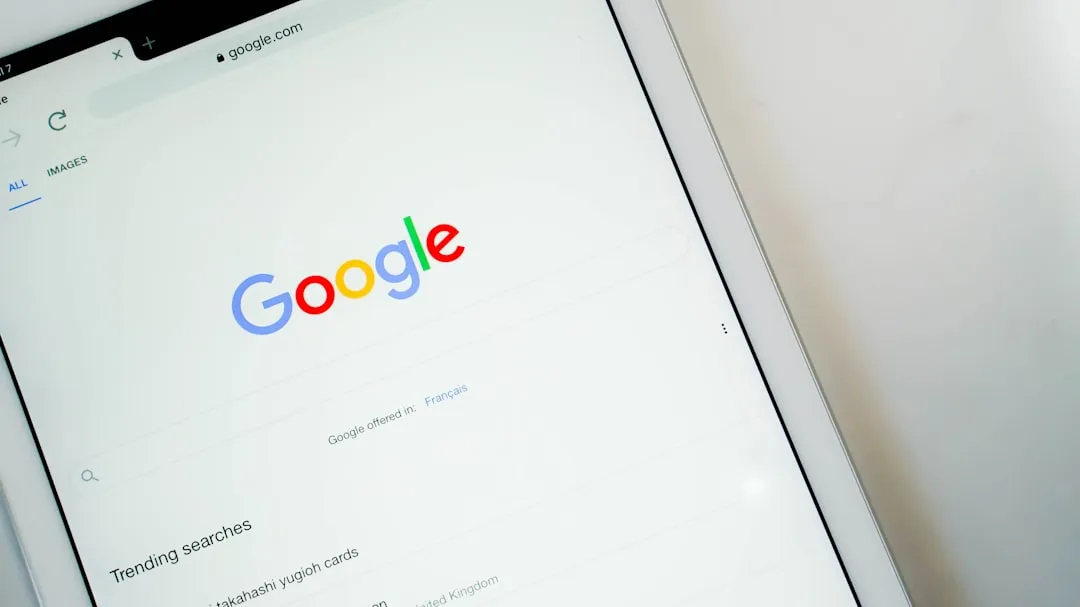
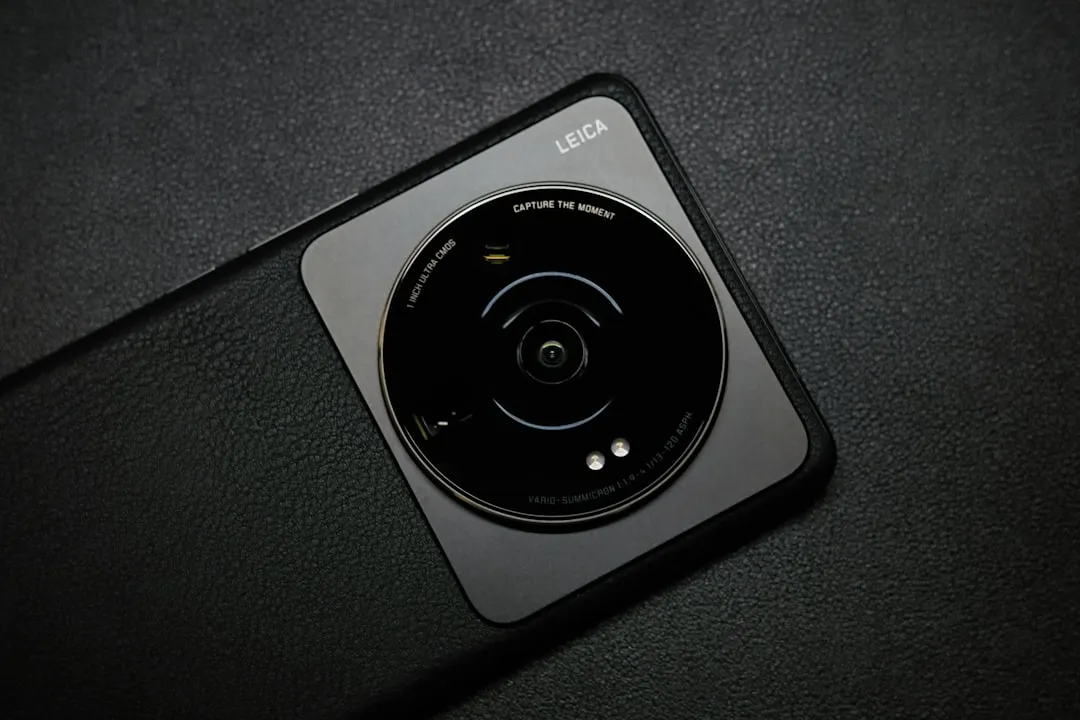

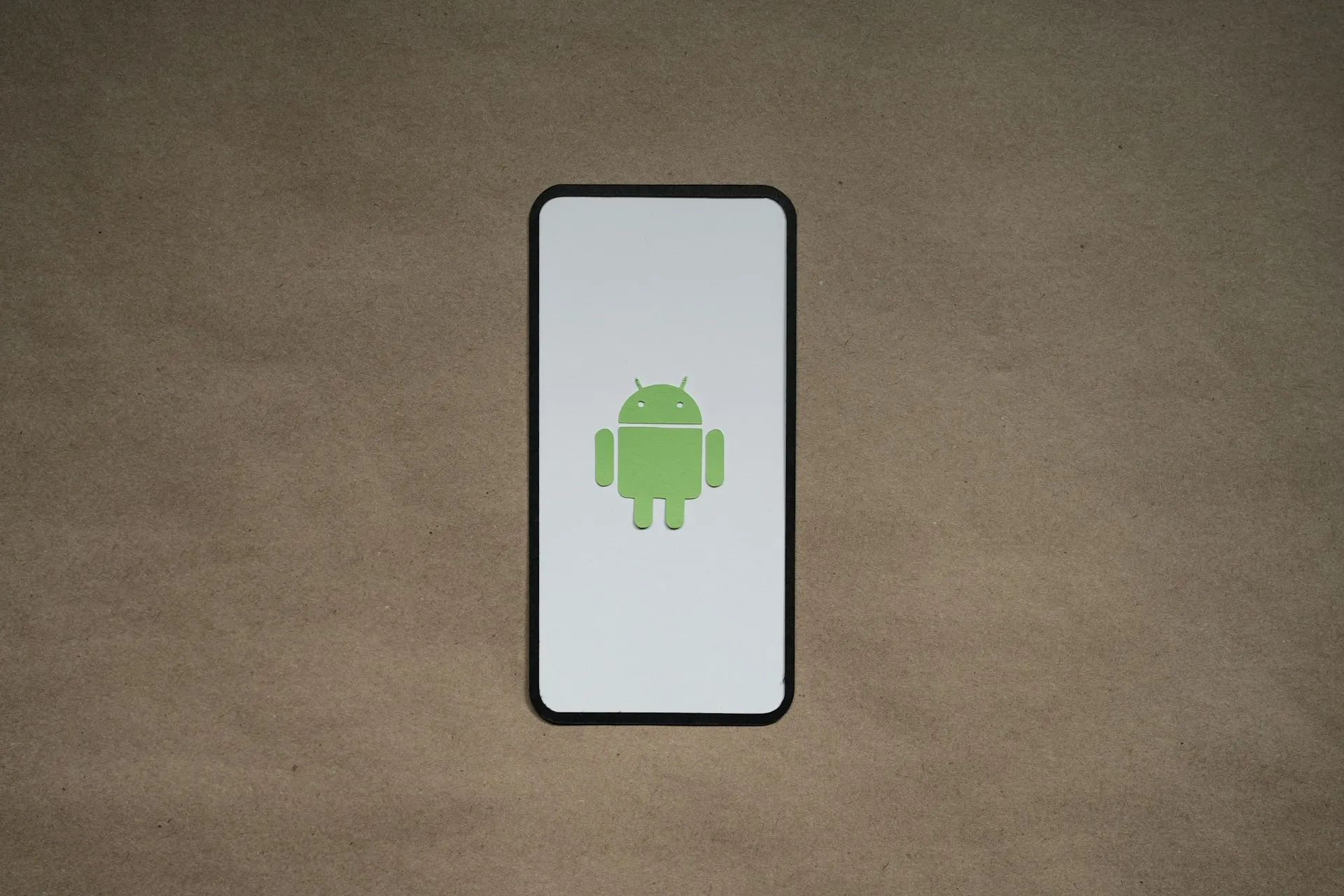

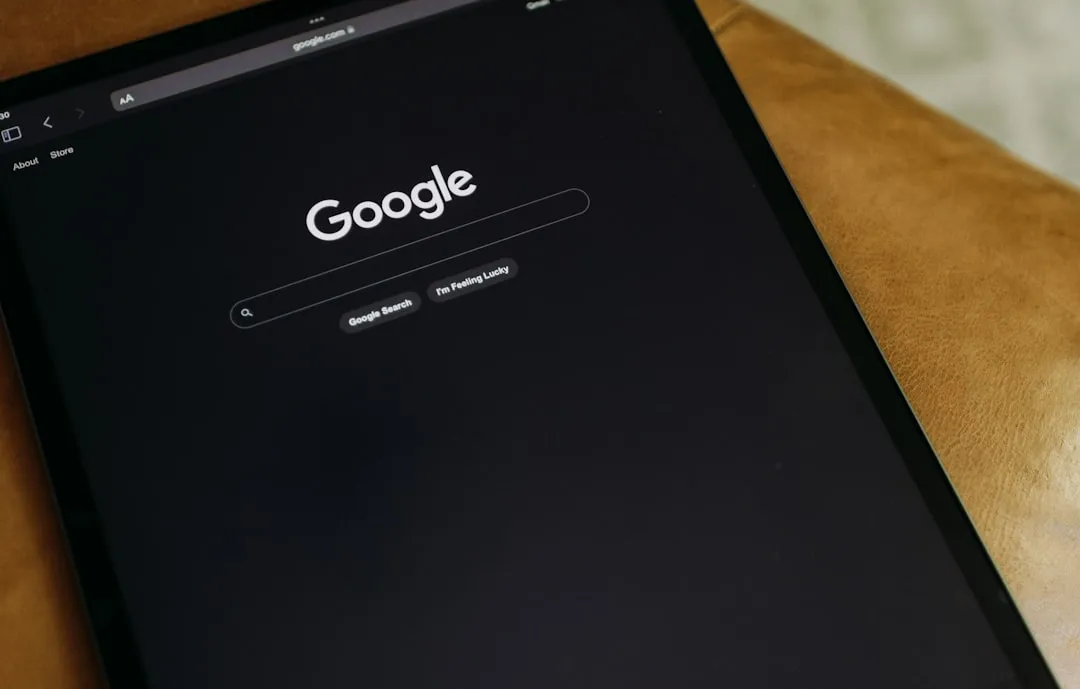
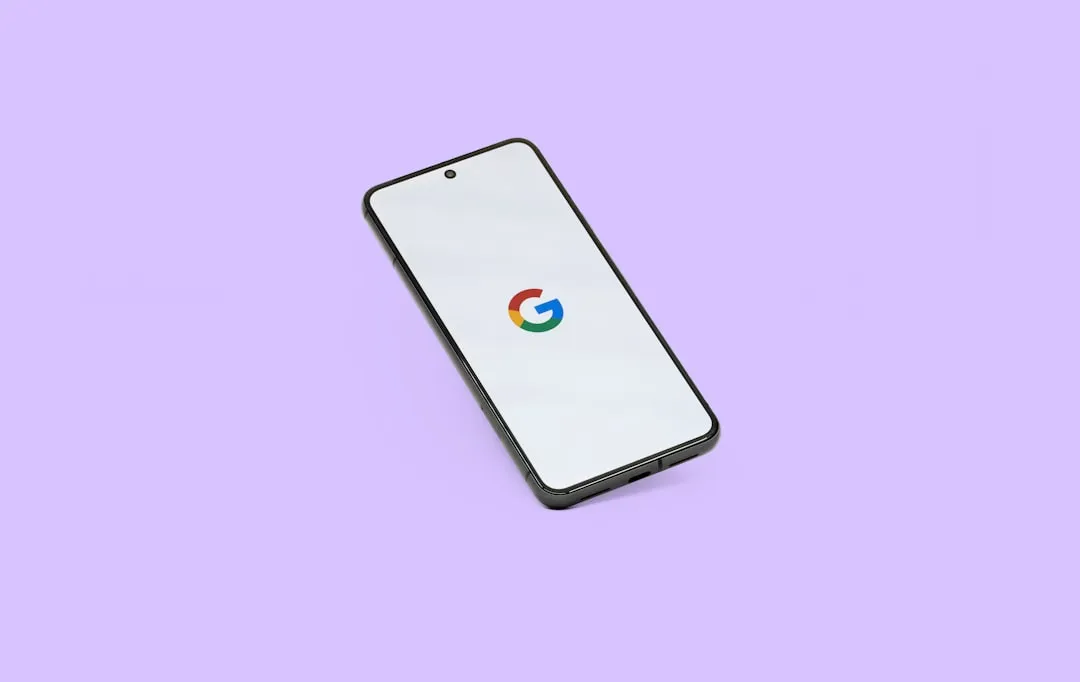
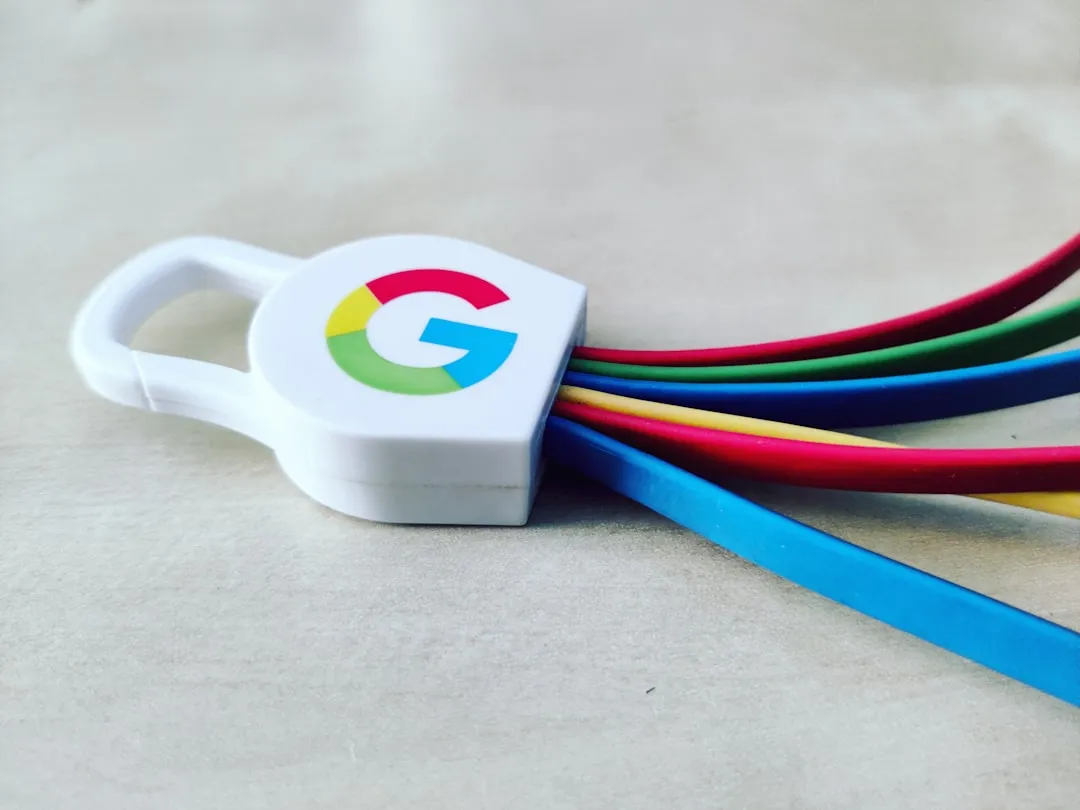
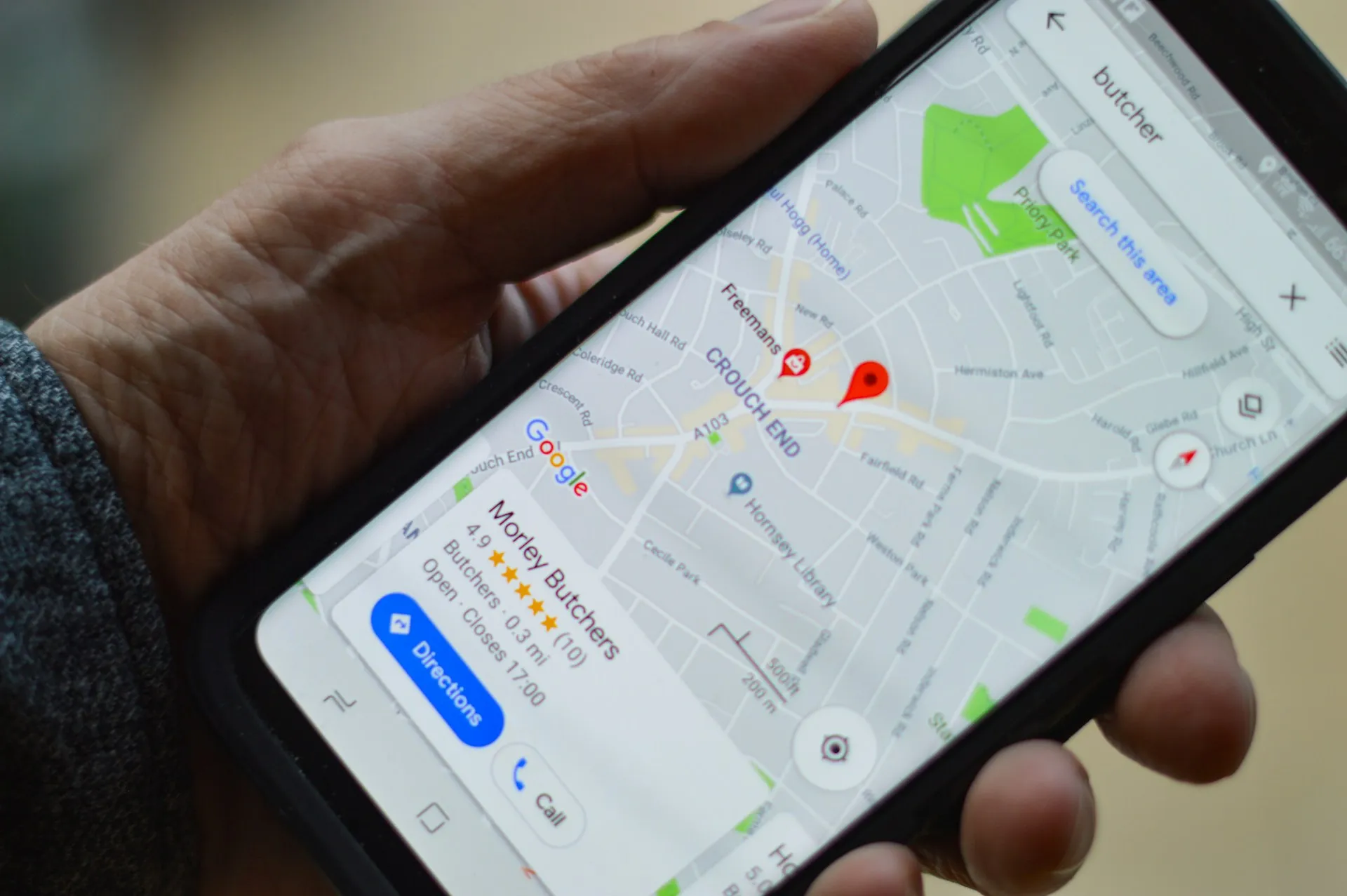
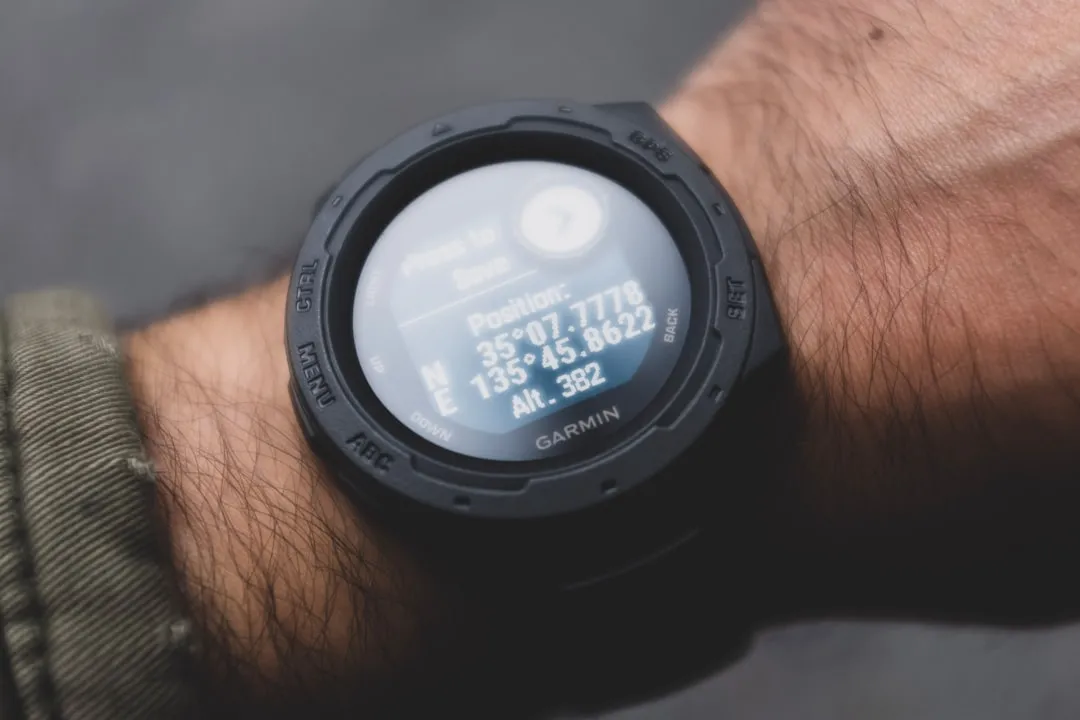
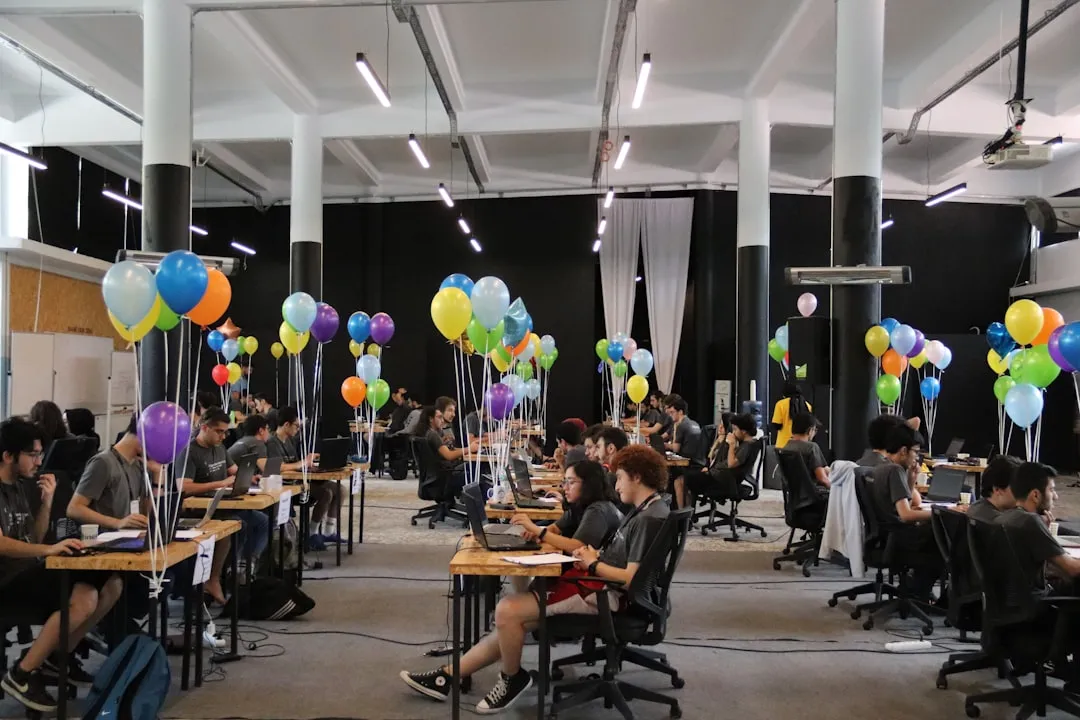

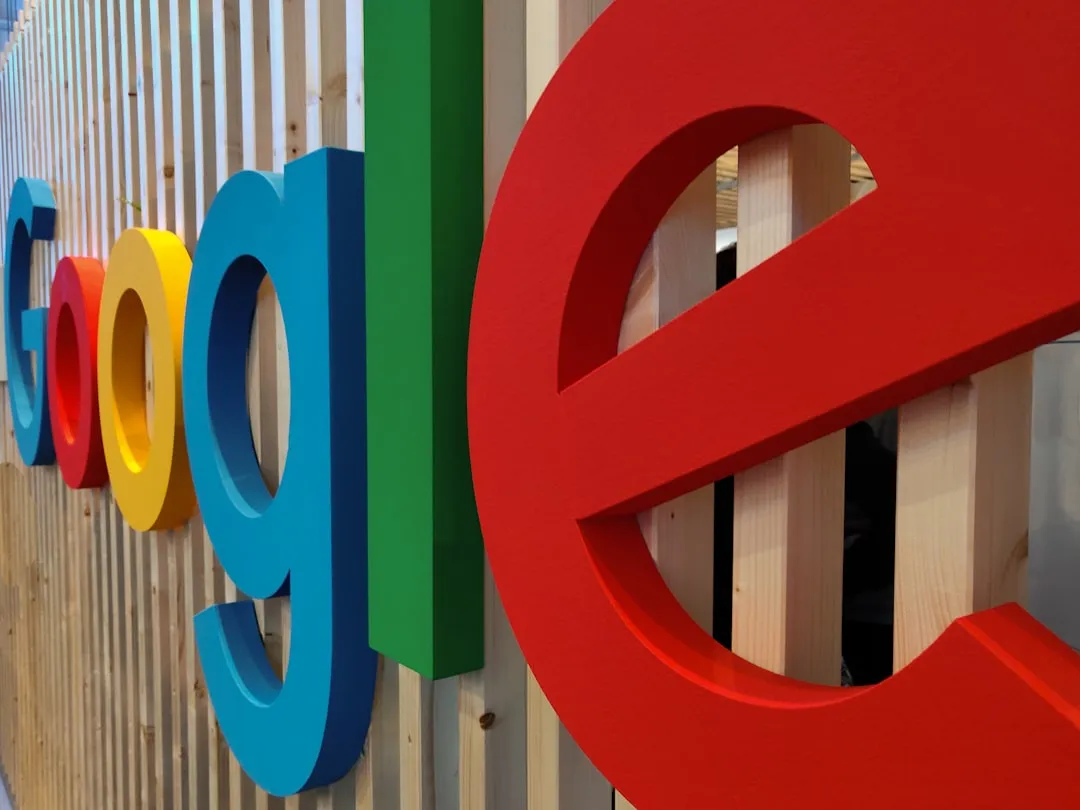
Comments
Be the first, drop a comment!